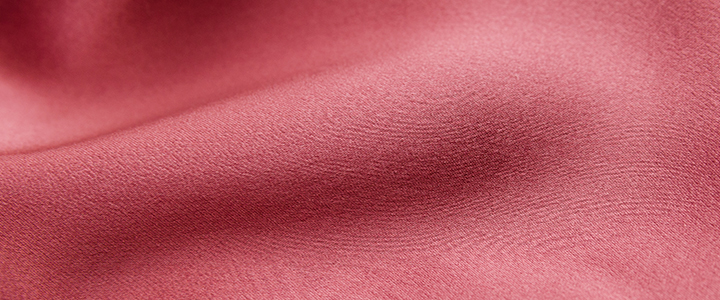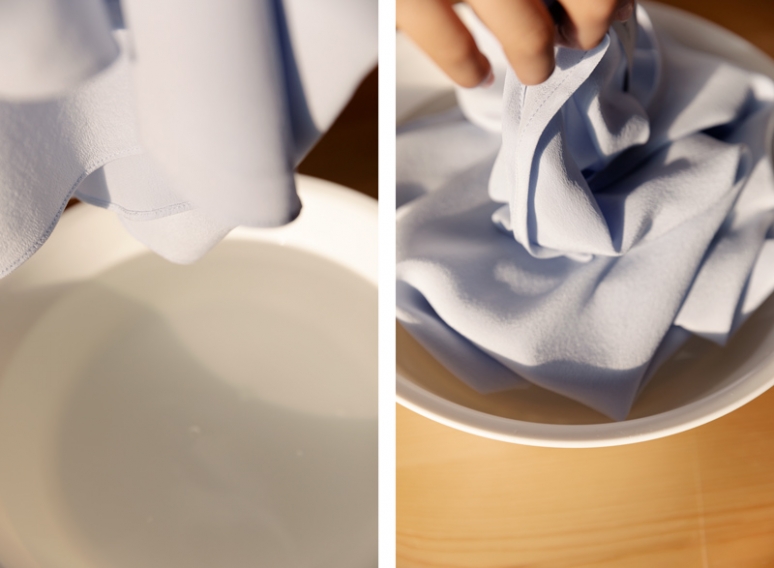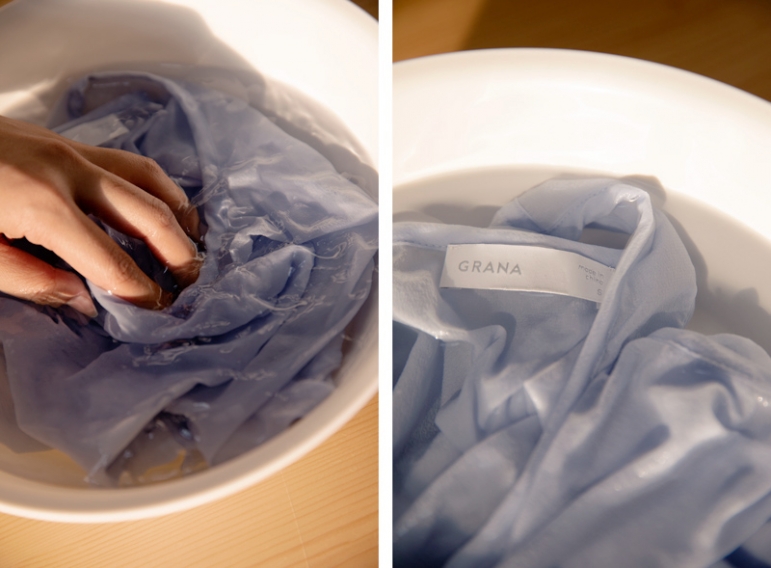
Silk is an investment. It’s a fabric that should be bought with a long term relationship in mind. Picking timeless styles and avoiding quick trends will help keep your investment pieces relevant beyond a season. And how you store, wear and wash your silk beddings will also help the longevity of your silk’s life. That’s why, when talking about caring for your silk we’re talking about the whole 360° approach.

Hand Wash
You’ll want to make sure to do colours separately and read the detergent label before using it on your silk. Words like “suitable for silk” and “delicates” are your best friends when it comes to washing silk by hand. Bleach will damage your silk’s fibres so it’s always a big no.

Wrinkles and Creases
Most wrinkles in silk can simply be steamed out, but not everyone owns a steamer. A great steamer hack is to hang your silk in the bathroom and let it steam while you take a hot shower.
If you can’t steam the creases out then here are a few tips on how to safely iron your silk:
- Flip your garments inside out and set the iron to low heat (or the silk setting).
- Iron silk only once it’s dry and be sure to put a cloth between the silk and the iron.
- Do not spray or wet silk while ironing, you may get water-stains.

Hanging and Storing
To avoid ironing, the best solution for your silk is to store it by hanging it in a cool dry place. Silk creases so it’s best not to fold or leave it bunched up for long. If you’re storing your silk sheets for a long period of time then make sure it’s clean and stored in a breathable fabric bag (avoid plastic ones because they lock in moisture). Another tip for long term storing is to store your silk away from the sun to avoid fading the colour and weakening the fibre. Silk is a protein, this means it can attract moths so, if you add a natural moth repellent into the bag your silk will be sure to thank you.



